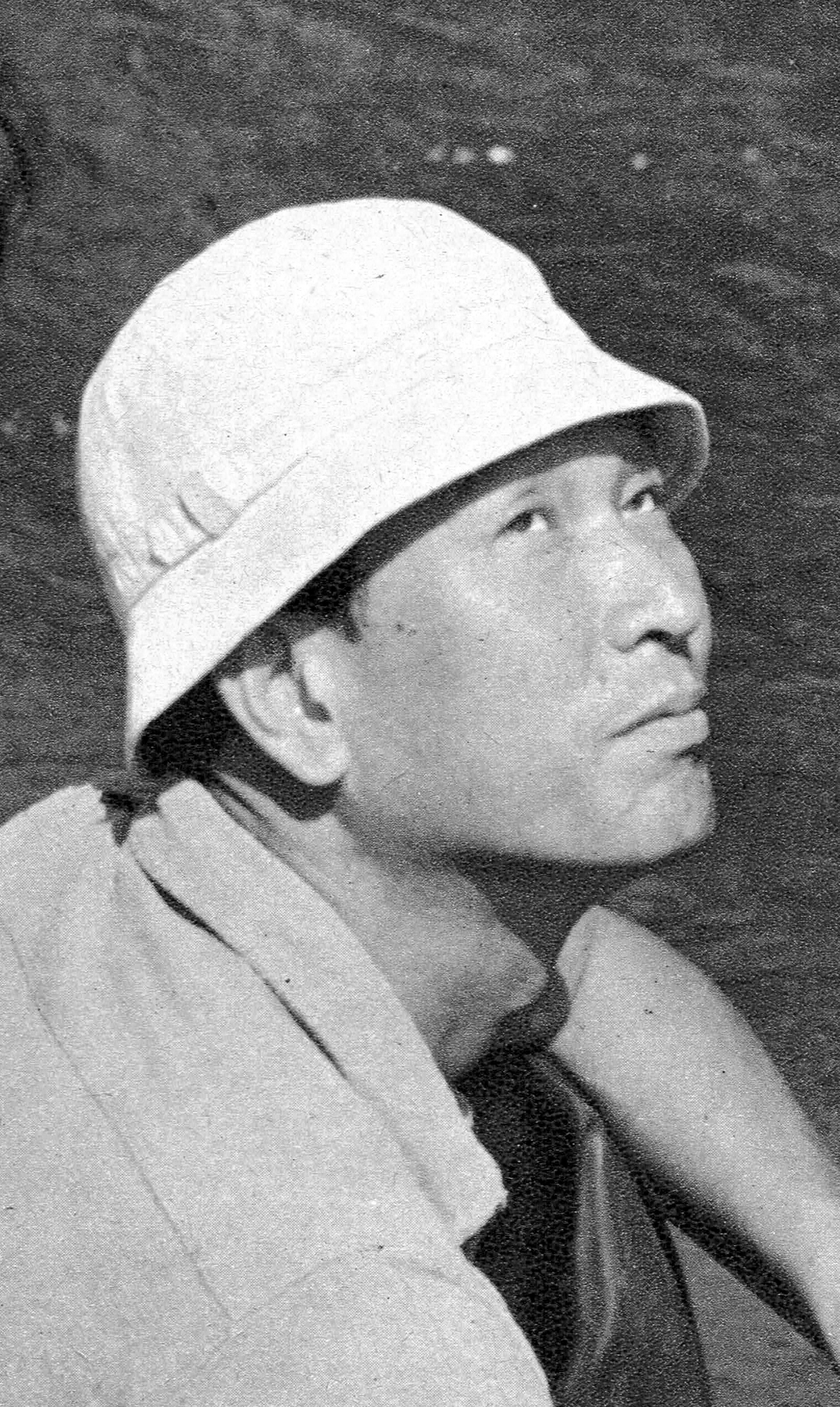 |
| Young Kurosawa thinking... ...about media maybe? |
Thinking About Media Choice Assignment
(Completed At Home)
Twice per term, once at midterm and once at the end of the class, a choice assignment will become due. For this assignment, simply choose to do one of the following and turn it in:
- Additional Kurosawa Movie: Watch a Kurosawa film we will not be watching in class and watch it at home. Write a one page response to the film where you talk about what you thought of the film. Check with the instructors to see what Kurosawa films we will not be watching in class.
- Watch a John Ford Film: Kurosawa was heavily influenced by John Ford. So, watch a John Ford film at home and write a one-page paper about elements you saw in the movie that you feel are also present in Kurosawa’s films.
- Read 100 Pages of a Dostoyevsky Novel: Kurosawa was heavily influenced by the Russian author, Fyodor Dostoyevsky. He even adapted one of Dostoyevsky’s books into his film, The Idiot. So, read 100 pages of a Dostoyevsky novel and write a one page paper about elements you saw in Dostoyevsky’s writings that you also see in Kurosawa’s films.
- Read a Shakespeare Play: Kurosawa loved Shakespeare and even adapted a few Shakespeare plays into Samurai movies. So, read a Sheakespeare play and then do one of the following:
- Write a one-page paper about elements of the play that struck you as being similar to Kurosawa’s style.
- Adapt one scene of the play into a script that is set in Samurai times. Make it as Kurosawa-like as possible.
- Write a “Kurosawaian” Script: Write a script for a 5-20 page short film that feels like something Kurosawa could have written.
- Film a “Kurosawaian” Scene: Film and edit a scene that feels like it could have been in a Kurosawa movie. You can do this in groups if you like.
- Give a Presentation: Do some research on Kurosawa’s life, movies, or style and learn things that go above and beyond what we learned in class. Present what you learned to the class. Include clips from Kurosawa’s films.
- Interview Someone from Japan: Do a 30 minute (or more) interview with someone from Japan. Ask them questions that you feel will help you appreciate Kurosawa’s films more. Write up a one page summary of what you learned. Turn it in.
- Another Teacher Approved Project: Do another project which you feel ties into the objectives of the class. Make sure one of the instructors approves it.




_pic_2.JPG)








